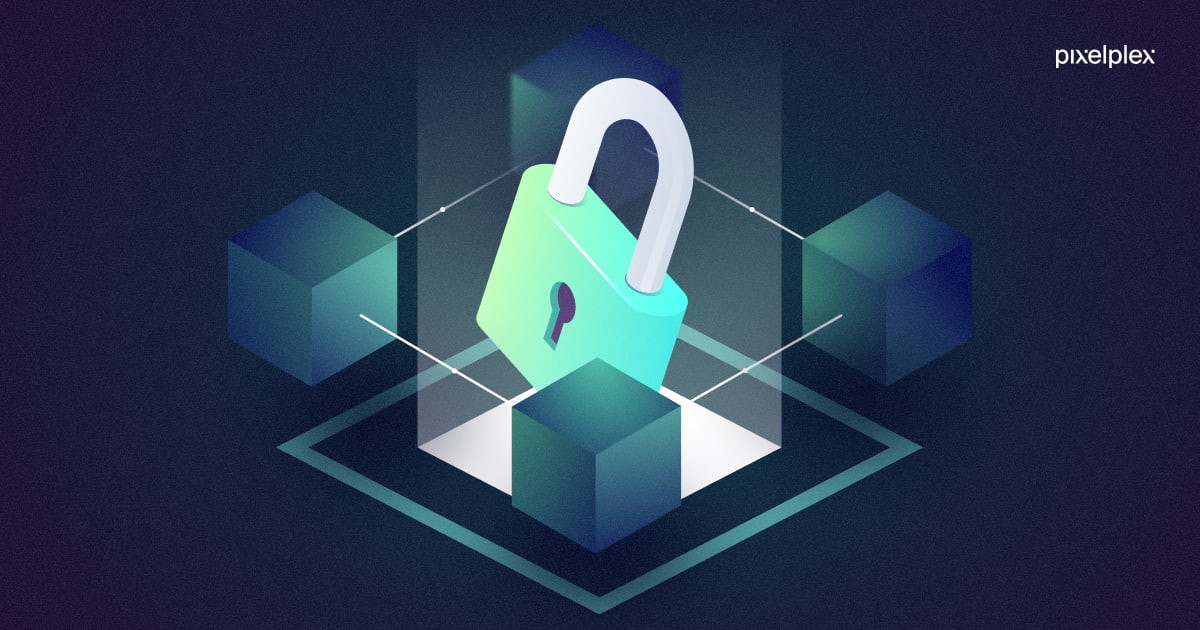Web3 has significant implications for privacy and security, offering potential improvements in these areas compared to traditional web technologies. Here are some key implications of Web3 for privacy and security:
- Decentralized Data Storage: Web3 leverages decentralized storage systems, such as blockchain-based networks or peer-to-peer protocols. These systems distribute data across multiple nodes, reducing the reliance on centralized servers and mitigating the risk of data breaches or single points of failure. Decentralized storage enhances data security by making it more resistant to hacking, censorship, or unauthorized access.
- Encryption and Data Integrity: Web3 applications often employ encryption techniques to secure data. Data stored on the blockchain or transmitted across the network is typically encrypted, protecting it from unauthorized interception or tampering. Cryptographic mechanisms maintain data integrity and ensure that only authorized parties can access and modify the data, enhancing privacy and security.
- Self-Sovereign Identity: Web3 introduces self-sovereign identity solutions that enable users to have more control over their digital identities. Users can manage their own identity information using cryptographic keys and digital signatures, reducing reliance on centralized identity providers. Self-sovereign identity enhances privacy by allowing users to selectively share identity attributes while minimizing the collection and storage of unnecessary personal data.
- Data Minimization and Selective Disclosure: Web3 encourages the principle of data minimization, where only necessary and relevant data is collected and processed. Users have the ability to selectively disclose specific data attributes to different applications or services, reducing the exposure of sensitive personal information. Selective disclosure enhances privacy by limiting the amount of personal data shared and reducing the risk of data misuse.
- Transparent and Auditable Transactions: Web3 leverages blockchain technology, which provides transparency and immutability of transaction records. Transactions recorded on the blockchain are visible to all participants, ensuring transparency in the flow of data and value. This transparency facilitates auditability, allowing users to verify the integrity of transactions and ensuring accountability in data handling processes.
- Enhanced User Consent: Web3 emphasizes user consent and puts individuals in control of their data. Through smart contracts and decentralized applications, users can define granular permissions and conditions for data access and usage. This ensures that data is only used with the explicit consent of the user, enhancing privacy and providing users with greater control over their personal information.
- Trustless Systems and Smart Contracts: Web3 applications leverage smart contracts, which are self-executing agreements with predefined rules and conditions. Smart contracts operate on the blockchain, enabling trustless interactions without the need for intermediaries. The decentralized nature of smart contracts enhances security by reducing the reliance on centralized servers or third-party intermediaries, minimizing the risk of data breaches or manipulation.
While Web3 introduces several privacy and security benefits, it is important to note that it also presents new challenges and risks. Smart contract vulnerabilities, regulatory uncertainties, and the need for user education and awareness are some of the areas that require attention to ensure the privacy and security of Web3 applications and platforms. Ongoing research, development of best practices, and collaboration among stakeholders are essential to address these challenges and realize the full potential of Web3 while safeguarding privacy and security.
Web3 has significant implications for privacy and security, but it also presents new challenges and considerations. Here are some key implications:
- Enhanced Privacy: Web3 technologies prioritize user privacy by design. With decentralized networks and cryptographic techniques, Web3 applications aim to minimize the collection and storage of personal data. Users have more control over their data and can selectively disclose information when needed, reducing the exposure of personal data to potential breaches or misuse.
- Data Security: Web3 utilizes blockchain technology, which provides enhanced security for data and transactions. The decentralized and immutable nature of blockchain ensures that data is stored securely and cannot be easily altered or tampered with. Smart contracts also enforce the execution of agreements, reducing the risk of fraud or unauthorized changes to contractual terms.
- Trust and Transparency: Web3 leverages transparency as a means to enhance trust and accountability. Blockchain technology enables the creation of transparent and auditable data ecosystems, where transactions and data records can be independently verified. Users can have more confidence that the information they interact with is accurate and trustworthy, leading to greater trust in online transactions and interactions.
- Self-Sovereign Identity: Web3 aims to empower individuals with self-sovereign identities, where users have control over their own digital identities and personal data. Decentralized identity solutions enable users to manage and authenticate their identities across different platforms without relying on centralized authorities. This reduces the risk of identity theft and enhances privacy and control over personal information.
- Peer-to-Peer Interactions: Web3 facilitates peer-to-peer interactions without the need for intermediaries. This reduces the reliance on centralized platforms and their associated privacy and security risks. By enabling direct interactions between users, Web3 provides greater control over data sharing and enhances privacy by minimizing the exposure of personal data to third parties.
- Decentralized Applications: Web3 supports the development of decentralized applications (dApps) that run on blockchain networks. These dApps can leverage cryptographic techniques and smart contracts to ensure secure and private interactions between users. Users can have confidence in the security and privacy of their data within these decentralized environments.
However, it is important to recognize that Web3 is not without its challenges. For example, while blockchain technology provides enhanced security, smart contracts can be vulnerable to coding errors or exploits. Energy consumption associated with blockchain networks is also a concern from an environmental standpoint. Additionally, balancing privacy and security with regulatory compliance can present challenges in Web3 applications.
Overall, Web3 has the potential to greatly enhance privacy and security in online interactions by giving users more control over their data and reducing reliance on centralized entities. However, it also requires ongoing efforts to address technical, regulatory, and user adoption challenges to fully realize these benefits.
